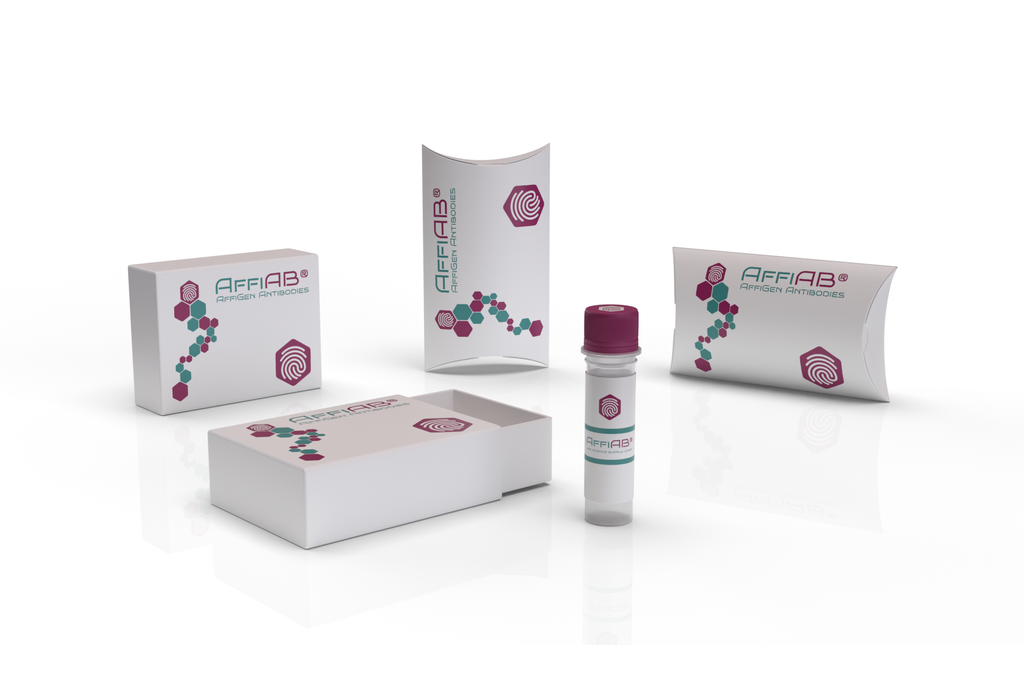AffiAB® Anti-SOD1 Antibody
Cu-Zn superoxide dismutase-1 (SOD-1) is a well characterized cytosolic scavenger of oxygen free radicals that requires copper and zinc binding to potentiate its enzymatic activity. Enzymatically, SOD-1 facilitates the dismutation of oxygen radicals to hydrogen peroxide and also catalyzes pro-oxidant reactions, which include the peroxidase activity and hydroxyl radical generating activity. SOD-1 is ubiquitously expressed in somatic cells and functions as a homodimer. Defects in the gene encoding SOD-1 have been implicated in the progression of neurological diseases, including amyotrophic lateral sclerosis (ALS) , a neurodegenerative disease characterized by the loss of spinal motor neurons, Down syndrome and Alzheimer's disease. In familial ALS, several mutations in SOD-1 predominate, resulting in the loss of zinc binding, the loss of scavenging activity of SOD-1, and correlate with an increase in neurotoxicity and motor neuron death.
Antibody type
Rabbit polyclonal Antibody
Uniprot ID
SwissProt: P00441 Human; SwissProt: P08228 Mouse; SwissProt: P07632 Rat
Recombinant
NO
Conjugation
Non-conjugated
Host
Rabbit
Isotype
IgG
Clone
N/A
KO/KD
N/A
Species reactivity
Human, Mouse, Rat
Tested applications
WB, IF-Cell, FC
Predicted species reactivity
N/A
Immunogen
Recombinant protein within human SOD1 aa 6-154.
Storage
Store at +4°C after thawing. Aliquot store at -20°C or -80°C. Avoid repeated freeze / thaw cycles.
Form
Liquid
Storage buffer
1*PBS (pH7.4) , 0.2% BSA, 50% Glycerol. Preservative: 0.05% Sodium Azide.
Concentration
1 mg/mL.
Purity
Immunogen affinity purified.
Signal pathway
N/A
Recommended dilutions
WB: 1:500; IF-Cell: 1:500-1:2, 000; FC: 1:50-1:100
Molecular Weight
Predicted band size: 16 kDa
Subcellular location
Cytoplasm, Mitochondrion, Nucleus.
Positive control
A549, HepG2, LOVO, rat testis tissue, human liver tissue, human kidney tissue, mouse brain tissue, MCF-7.
